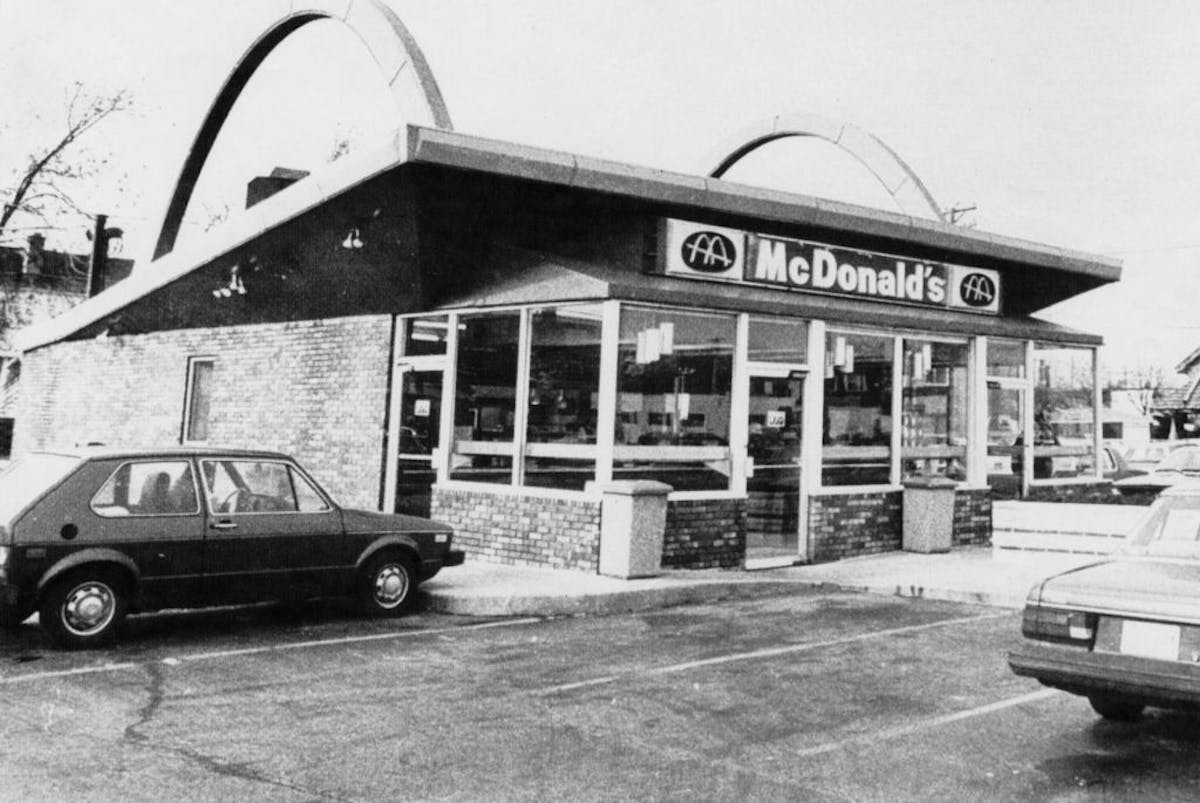For years, we couldn't get away from them, or at least get them unstuck from our craniums. They were mm-mm-good, the best part of waking up, the real thing, doubling our pleasure, celebrating the moments of our lives and helping us be all we could be.
Then they stared vanishing, "get a piece of the rock" originals supplanted by canned "Like a Rock" or worse yet, some infernal infant mouthing "zoom zoom."
Now jingles are all but gone, or maybe reincarnated in other guises, prompting many nostalgic types to yearn for a return to the land of sky-blue waters (wa-ah-ters).
"I do hope they come back," said Barry Zelickson, senior vice president at Golden Valley-based Border Foods, a regional franchisee of Taco Bell, Pizza Hut, Sonic and more. "I think jingles are great. They work fine in the right element to connect people with the brand."
Toward that end, Zelickson conducted a jingle contest last summer that drew more than 200 entries. The winner got $10,000, and the top five performed at the State Fair (www.startribune.com/a1791).
If there is to be a comeback, the Twin Cities would be an appropriate locale. Not only are nationally renowned commercial recording houses such as Hest + Kramer, Menten Music and Echo Boys based here, but what's generally considered the first jingle ever was created locally. It might have saved one of the state's most famous brands.
Against the grain
In the mid-1920s, General Mills was having no luck getting traction for a promising cereal. So the company decided to try something new: a singing commercial called "Have You Tried Wheaties?"
It first aired in the Twin Cities only on Christmas Eve 1926 and included the lyrics, "They're crispy and crunchy the whole year through, the kiddies never tire of them and neither will you." It worked. Sales soared in the Twin Cities, and General Mills went national with the tune.
The next two decades saw the introduction of such mainstays as Campbell's Soup's "Mm-mm-Good" and "Brylcreem, a little dab'll do ya." In the 1950s and '60s, when television joined radio as a popular medium (and advertising outlet), jingles entered their heyday. Automobiles, toothpaste, detergents and all manner of beverages and snacks adopted catchphrases set to music, playing on radio and TV incessantly.
The aim: Create an earworm.
"There needs to be an infectious quality," said Bob Hest, co-owner of Hest + Kramer, "but most of all it's played a lot. It's the frequency you hear something that sometimes accounts for its success."
But a catchy tune is not enough, said Hest's partner, Steve Kramer. "The 'hook' is needed not just in the pop-music context but in latching onto B&H Bubble Gum or whatever the product is."
Added Hest: "You wanted to have something that people either liked or hated, but the key other word is 'remembered.'"
Hest cited a traditional jingle running today, Subway's "Five Dollar Footlong" spot. "It's old-fashioned, but it also is about the product. Is it highly cool? No. Is it highly effective? Yes. Do the hipsters who work behind the counter like it? No. Do we care? No."
A rocky road
In the mid-'80s the tide started turning toward radio hits, spearheaded by Nike using (some said abusing) the Beatles' "Revolution." Soon every boomer-era hit imaginable showed up in an ad. Sting, who had famously refused to allow a deodorant company to use "Don't Stand so Close to Me" in the 1980s, not only let Jaguar use his song "Desert Rose" but showed up in the ad.
"A lot more people tried to tie products into already identifiable songs," Zelickson said, "because if you've got something identifiable, you're already halfway there."
Nowadays, said Echo Boys founder Tom Lecher, "a lot of people just say, 'Find me a cool track from the Current.'"
Today's spots cover a much broader spectrum, though. Sometimes, a former jingle becomes a non-sung catchphrase (State Farm's "like a good neighbor"). Many advertisers "want something that's more oblique, less direct," Lecher said. "You hardly ever get a request to sing about how good this potato chip is."
One popular option is mnemonics, sound effects that go back several decades to Maxwell House's percolator theme and now are used by Intel, Nokia, McDonald's and others. To many in the industry, these devices and even sonically hopped-up phrases such as local radio's "Erik the Bike Man!" (voiced by Kramer) are jingles, as are the ads they craft with old-fashioned messages in modern musical clothing.
"The word 'jingle' has mostly negative, corny connotations," Kramer said, "but when Apple used a Feist song [for an iPod nano ad], that was a jingle. But it was Feist, so nobody thought of it that way."
A lot of Hest + Kramer's current work, and a prevailing trend in the ad world, could be called a Feist-ian bargain.
"We write 30-second pop tunes that are jingle-like in that they talk in poetic terms about the product. It will sound like Lady Gaga or Macy Gray. They're all jingles, and they're all pop tunes."
Bill Ward • 612-673-7643
Judge declines to dismiss lawsuits filed against rapper Travis Scott over deadly Astroworld concert

Summer Movie Guide: Virtually all the movies coming to theaters and streaming from May to Labor Day

